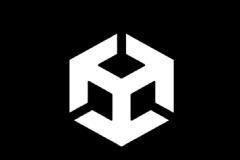Game Economy Design Lectures will consist of
- What is a Game Economy?
- Deconstructing a live games economy
- Creating our own Economics System
What is a Game Economy? Begin by defining a game economy as the interconnected system of virtual resources, currencies, goods, and services within a game, and the rules governing their creation, distribution, and consumption. Emphasize that a well-designed economy drives player progression, provides meaningful choices, and fosters engagement. Discuss the different types of economies, from simple single-currency systems to complex multi-layered models with various virtual assets.
Deconstructing a Live Game's Economy: Explain the process of analyzing an existing game's economic structure. This involves identifying the key resources, their sources and sinks, the flow of currency, and the impact of various game features on the economy. Discuss the importance of understanding the levers that influence the economy, such as drop rates, pricing, crafting recipes, and player trading. Encourage students to critically examine the strengths and weaknesses of different live game economies.
Creating Our Own Economics System: Guide students through the fundamental steps of designing a new game economy. This includes defining the core purpose of the economy in relation to the gameplay loop and player motivations, identifying necessary resources and currencies, establishing their generation and consumption methods, and designing progression paths that utilize the economic system. Emphasize the iterative nature of economy design and the importance of considering potential imbalances and exploits.






